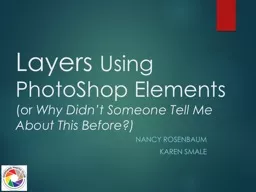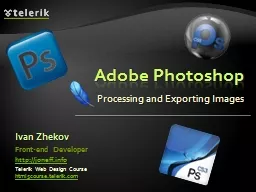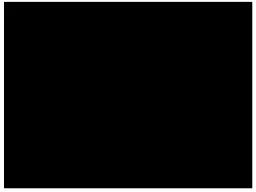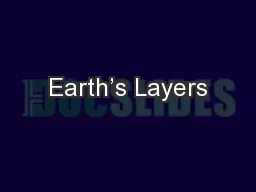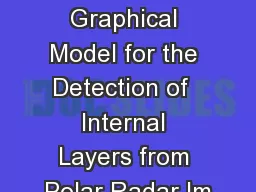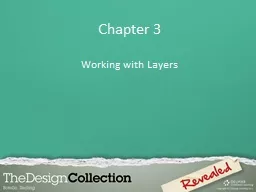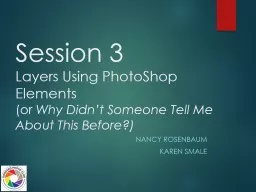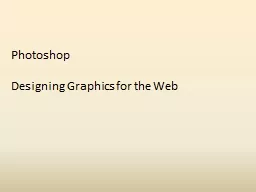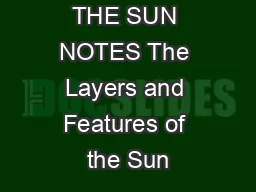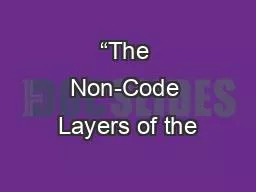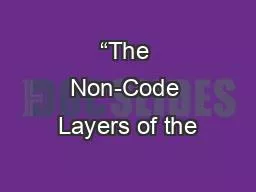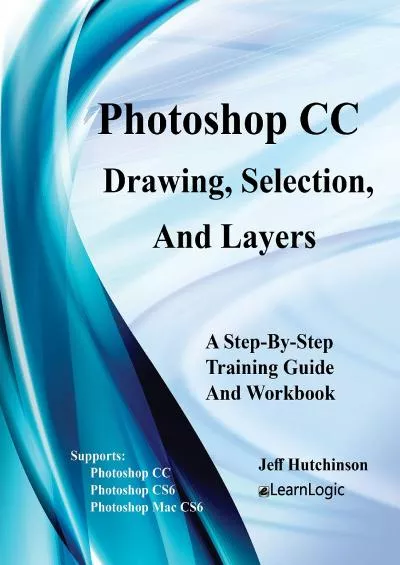PPT-Layers Using PhotoShop
Author : friendma | Published Date : 2020-06-17
Elements or Why Didnt Someone Tell Me About This Before Nancy Rosenbaum Karen Smale What are Layers Like transparent sheets of glass laid on top of one another
Presentation Embed Code
Download Presentation
Download Presentation The PPT/PDF document "Layers Using PhotoShop" is the property of its rightful owner. Permission is granted to download and print the materials on this website for personal, non-commercial use only, and to display it on your personal computer provided you do not modify the materials and that you retain all copyright notices contained in the materials. By downloading content from our website, you accept the terms of this agreement.
Layers Using PhotoShop: Transcript
Download Rules Of Document
"Layers Using PhotoShop"The content belongs to its owner. You may download and print it for personal use, without modification, and keep all copyright notices. By downloading, you agree to these terms.
Related Documents

